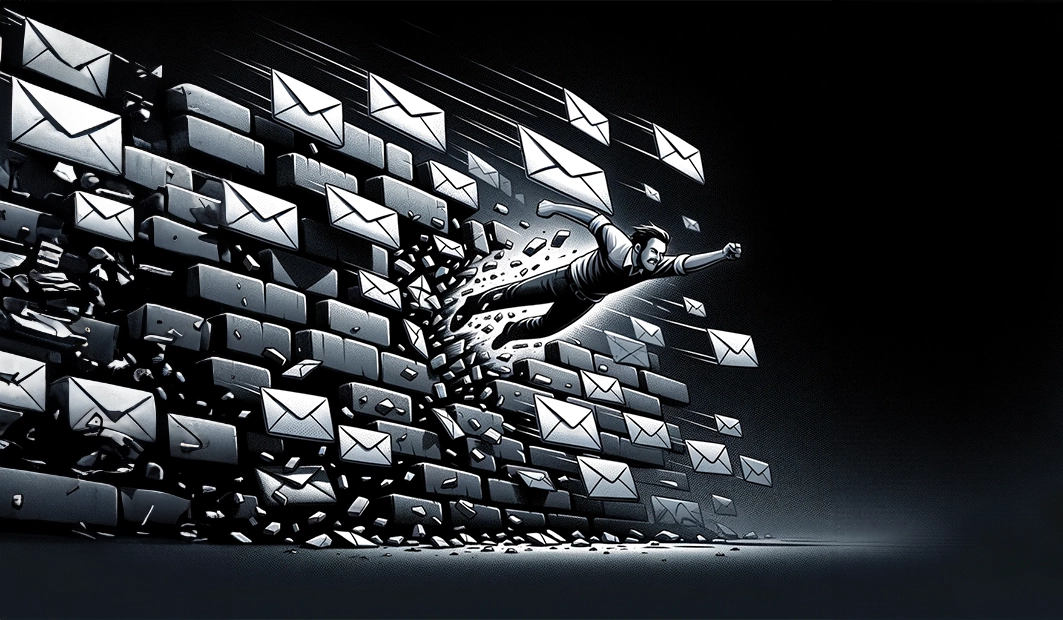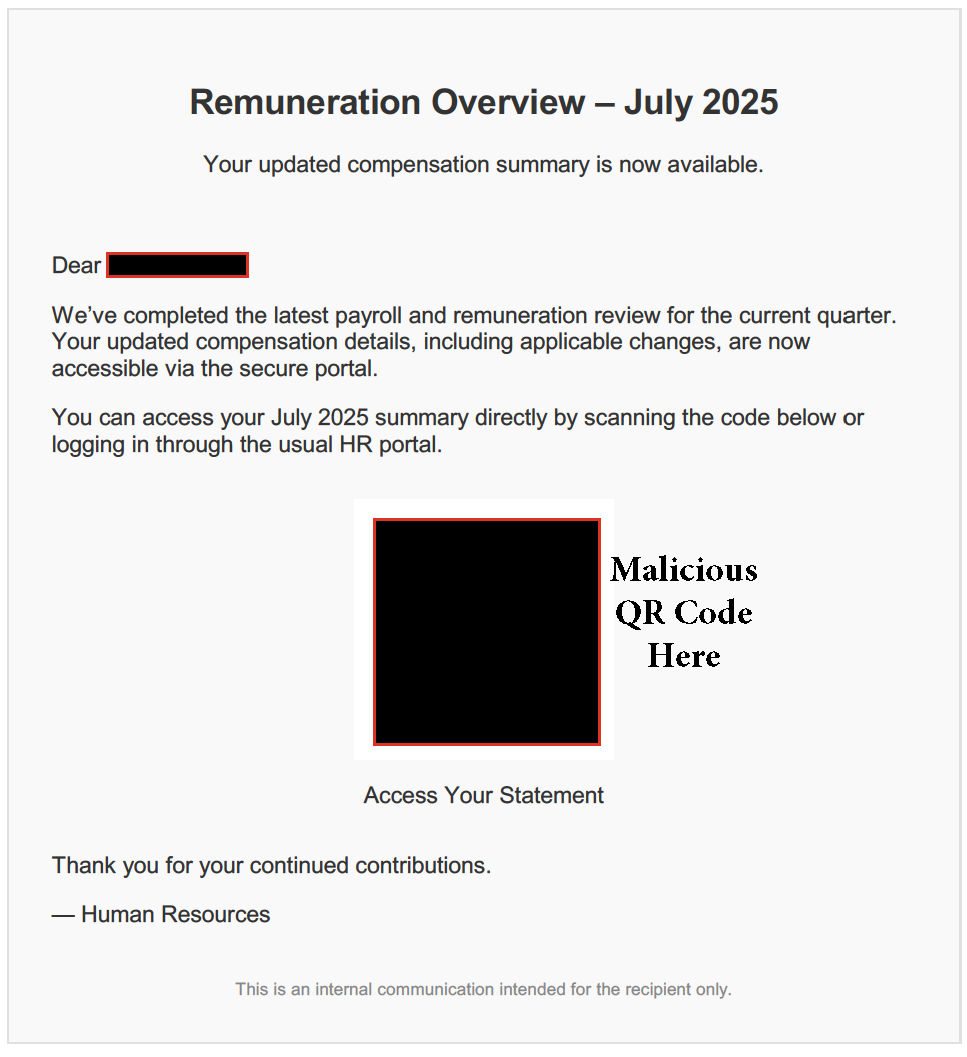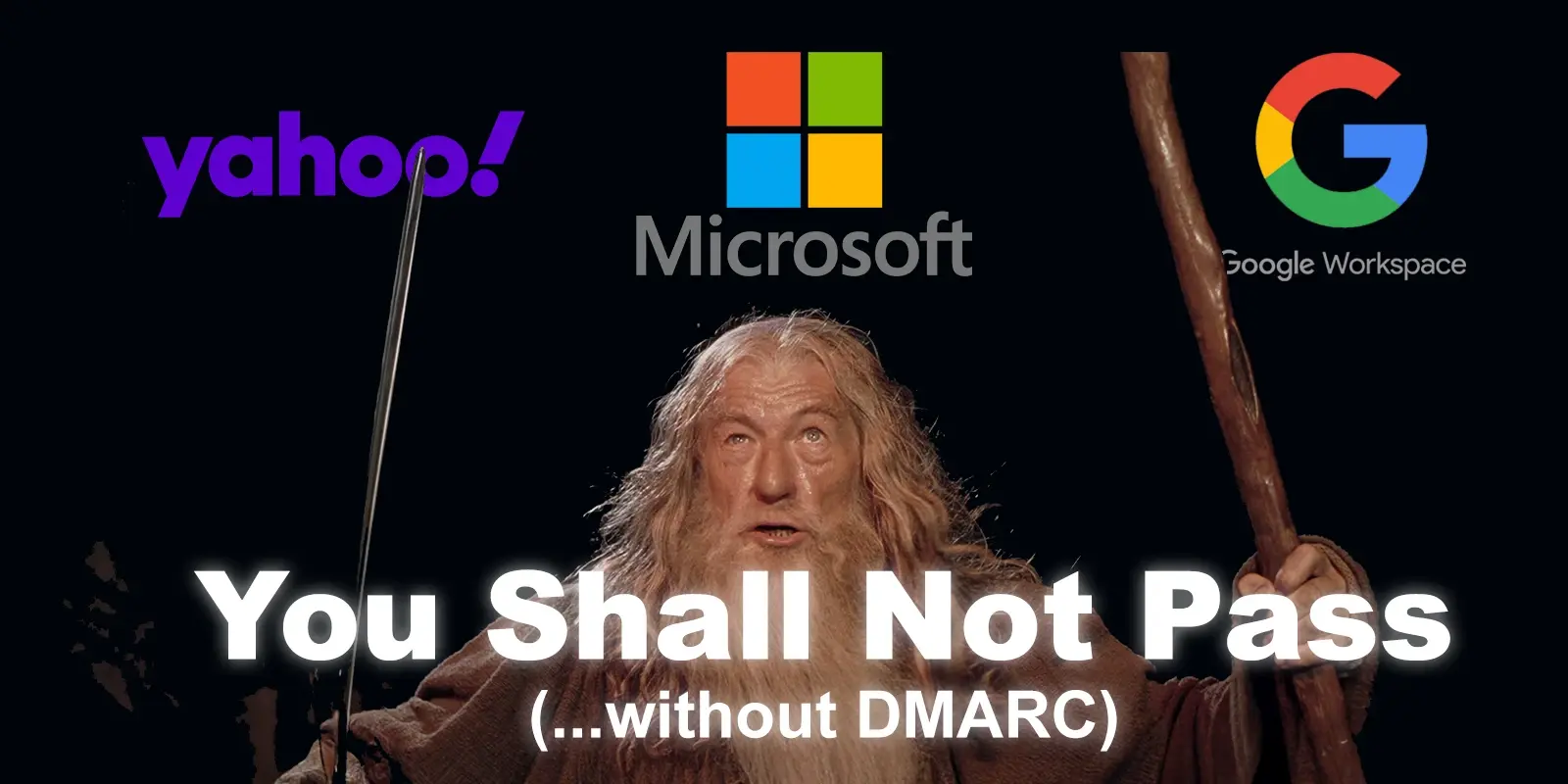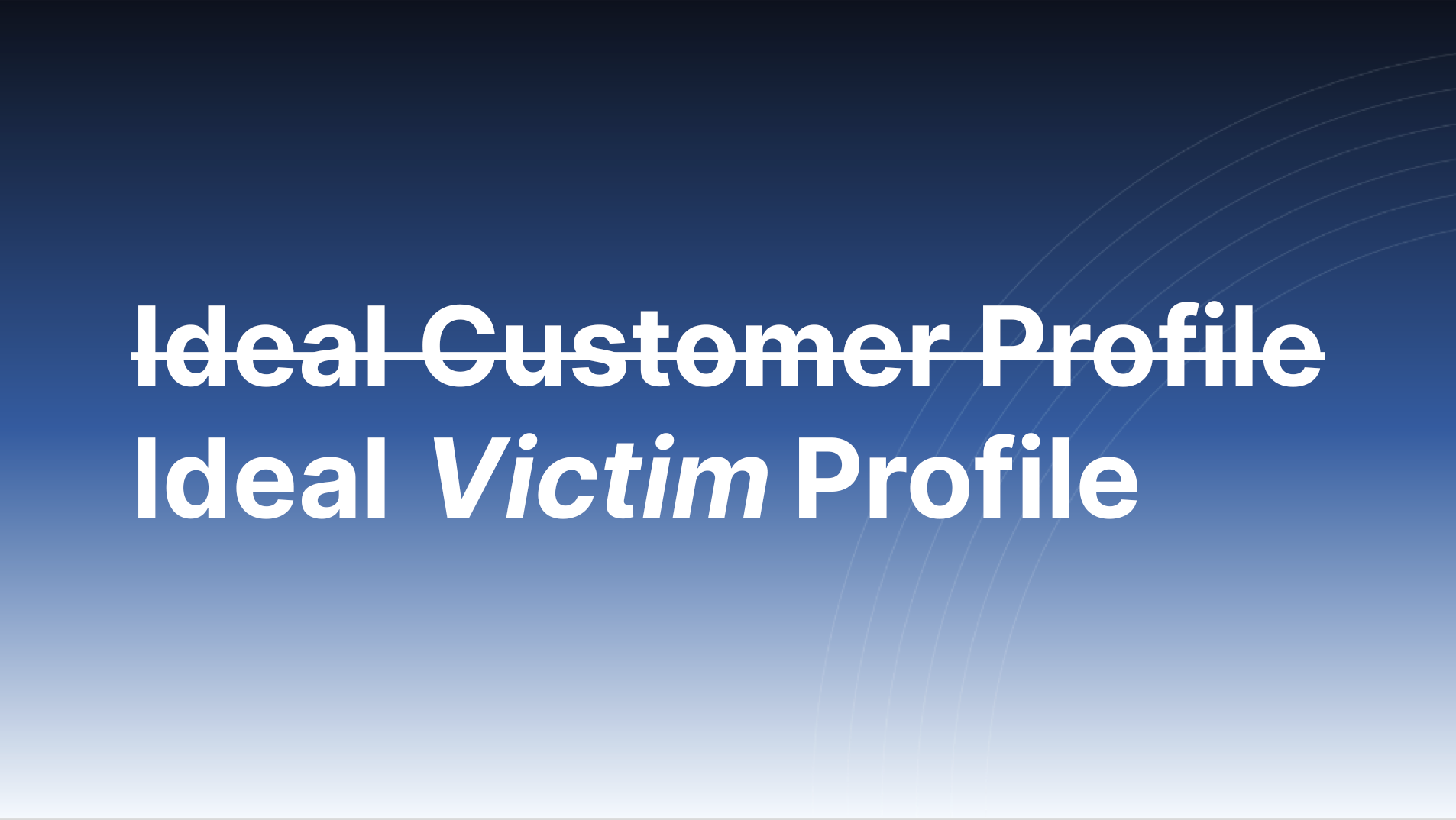Email security remains a critical concern for businesses as phishing and Business Email Compromise (BEC) attack methods evolve. Traditionally, Secure Email Gateways (SEGs) served as the front line of defense against threats like spam, phishing, and malware. However, the landscape is changing, with Integrated Cloud Email Security (ICES) emerging as a more adept solution in addressing sophisticated threats.
The Classic Defender - Secure Email Gateways (SEG)
For decades, SEGs have been the cornerstone of email security, positioned at the email server's ingress point—kind of like a network firewall—to filter incoming and outgoing emails. They rely on signature- and rules-based detection to block known threats. While they have been effective in filtering SPAM and catching basic phishing attacks, they struggle to tackle zero-day threats and sophisticated social engineering attacks that can't be detected with known malicious signatures.
The Modern Protector - Integrated Cloud Email Security (ICES)
ICES platforms represent the next generation of email security, offering a more nuanced approach by operating directly within cloud email environments, such as Microsoft 365 or Google Workspace. Unlike SEGs, ICES solutions utilize artificial intelligence (AI) and machine learning (ML) to analyze communication patterns, intent, and context, effectively identifying and mitigating threats like BEC, QR-Code, and Account Takeover (ATO) attacks. This integration allows for insights into user behavior, thereby enhancing the overall security posture.
Gartner's Insights on Email Security Evolution
The shift towards cloud-based email security solutions marks a pivotal moment in the fight against email threats, a trend thoroughly underscored in the "Gartner Market Guide for Email Security - 2023" (download your copy here). This guide illuminates the evolving landscape, noting an accelerated departure from traditional Secure Email Gateways (SEGs) to more sophisticated Integrated Cloud Email Security (ICES) platforms. The migration highlights an industry-wide recognition of the limitations inherent in legacy systems, especially as adversaries harness generative AI (Gen AI) to develop increasingly complex phishing schemes and social engineering tactics that outpace conventional detection methods.
Key Differences at a Glance
When comparing email security solutions, recognizing the subtle yet significant differences between SEGs and ICES platforms is crucial. The following comparison aims to clarify these distinctions, focusing on deployment, threat detection capabilities, and user experience. This knowledge is vital in shaping your organization's defense strategy, ensuring alignment with specific security needs and operational requirements.
| Secure Email Gateway (SEG) | Integrated Cloud Email Security (ICES) | |
|---|---|---|
| Deployment and Integration | Sits in front of email servers as an external filter. Requires MX-record changes and can disrupt email delivery. | Integrates directly within cloud email services via API, offering a smoother setup and minimizing disruption to email flow. |
| Threat Detection | Relies heavily on rule- and signature-based detection methods, effective against known threats but struggles with zero-day and sophisticated social engineering attacks. | Uses AI and machine learning to create baselines and automatically detect malicious behavior and emerging threats, enhancing adaptability. |
| Response to Advanced Threats | Requires manual update of new rules or signatures to address new threats, leading to potential delays in response. | Inbox-level integration allows for dynamic identification of new advanced attacks using AI and ML, offering a more proactive response. |
| User Experience and Performance | Can cause delays in email delivery and requires manual investigation of events, potentially leading to a higher rate of false positives. | Provides a more seamless user experience with less disruption to email flow and fewer false positives, thanks to intelligent filtering. |
Making the Right Choice for Your Organization
The choice between SEG and ICES depends on various factors, including the nature of your email environment, the types of threats you face, and your organization's overall cybersecurity strategy. While SEGs might suffice for businesses with SPAM filtering and basic email security needs, organizations facing sophisticated threats or using cloud-based email systems might find ICES a more fitting solution. As Gartner suggests, the integration of email security into an overarching security strategy is imperative in addressing the complex threat landscape.
Embracing the Future of Email Security
Phishing attacks will never stop evolving, and neither should our approaches to email security. The transition from SEG to ICES represents a shift towards more adaptive, intelligent, and integrated cybersecurity solutions. By understanding the differences and strengths of each, businesses can make informed decisions to protect their most vital communication channels.
At IRONSCALES, we pioneered the introduction of API-based email security built on AI and machine learning. Since then, we have evolved our ICES approach beyond the use of static AI to incorporate human insights for an Adaptive AI approach. If you’d like to learn more about this unique approach, we’d love to show you, just contact us here so we can talk.

/Concentrix%20Case%20Study.webp?width=568&height=326&name=Concentrix%20Case%20Study.webp)







.webp?width=100&height=100&name=PXL_20220517_081122781%20(1).webp)







